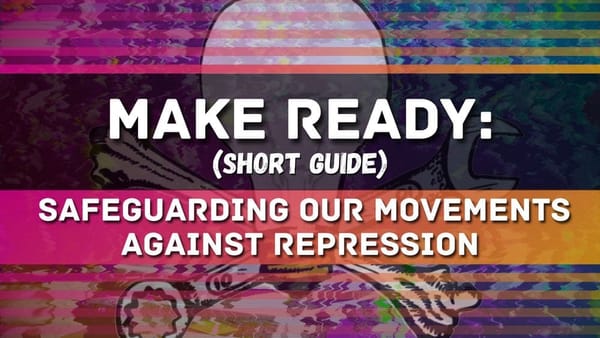'Fact-warn-explain-fact' comm strategy + media tips
Correcting lies effectively can be tricky

Parker Molloy talks about journalism insights from Michael Hauser Tov ("A harm-reduction playbook for covering populists"). If you have to cover someone's BS, minimize the amplification of the BS.
Molloy explains:
"Use the FWEF method for correcting lies. This stands for Fact-Warn-Explain-Fact. Lead with the truth. Warn the audience they’re about to hear a lie. Explain how the lie misleads. Then restate the truth—multiple times if you can."
Don't pretend the person represents the opinion of half the population if it's really just three of their friends; quantify how much support there is for the contrarian position and find out whether any of those people are experts. Don't headline the story as "Statement X sparks outrage," and "instead, describe what was actually said and who it harms." After publication, remember that you don't have to publish rebuttals in their entirety.
Separately:
Last year, Max Wilbert posted "16 Tips for Speaking to the Media." Organizations can use these tips to strategize and work together better; some of these tips may also be useful for individuals who work on getting their own messages out.
I learned about Wilbert's post via Authors for Democracy, which cross-posted it, and to which you may want to subscribe if you benefit from such cross-posts.




